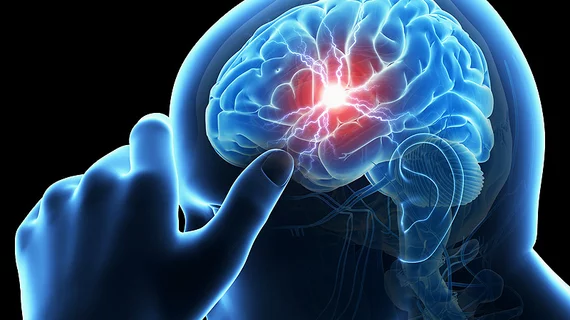Neurologists explain why COVID-19 increases a person’s risk of stroke
Using medical imaging, 3D printing and imitation viruses created in a lab, researchers at UCLA think they may have identified why COVID-19 is associated with a heightened risk of stroke. The team, which also includes specialists from the University of California San Francisco and the Veterans Health Administration, shared its findings in Stroke.
To simulate what happens when COVID-19 enters the body, the authors used CT images to develop and print a realistic 3D model of the blood vessels inside the human brain. The primary takeaway of their research is that angiotensin-converting enzyme 2 (ACE2) production can help the virus “bind” to certain cells and enter a person’s blood vessels—and ACE2 production rises due to shear stress.
“This finding could explain the increased incidence of strokes seen in COVID-19 infections,” corresponding author Jason D. Hinman, MD, PhD, of the David Geffen School of Medicine at UCLA, said in a statement.
The team also found that, after COVID-19 binds to a person’s endothelial cells, it is possible to differentiate those cells from cells that originate in other parts of the body.
“There’s a unique brain endothelial response to the virus that may be helpful in identifying patients who are have a higher risk for stroke,” Hinman added.
Looking forward, the group aims to follow-up on these findings with additional experiments using 3D-printed blood vessels.
The full study is available here.

